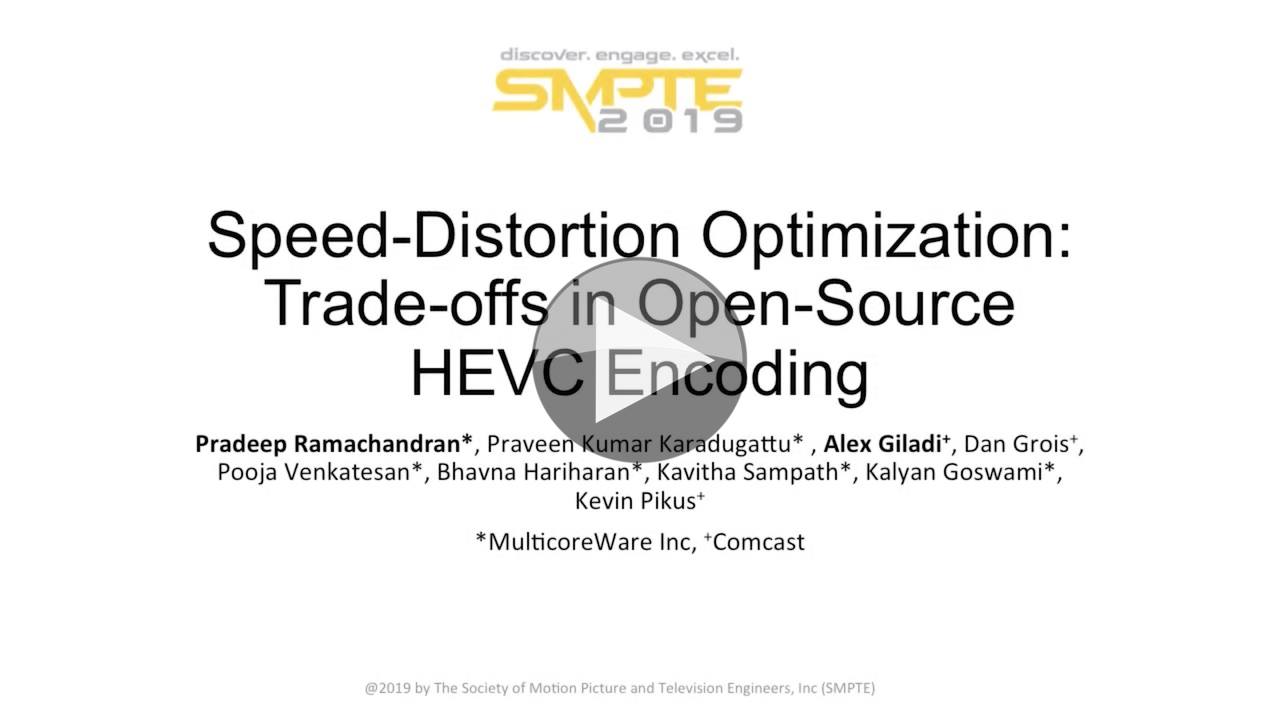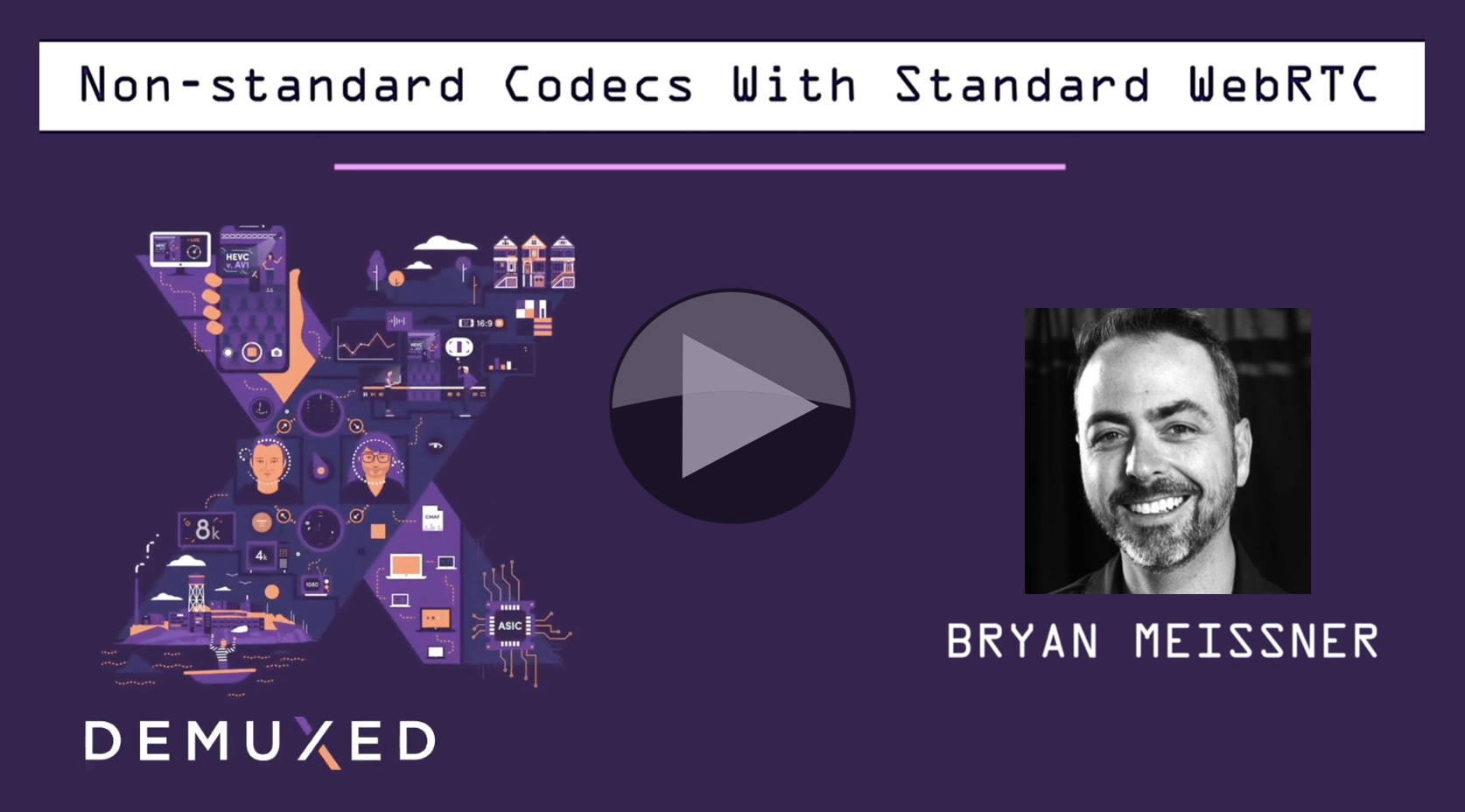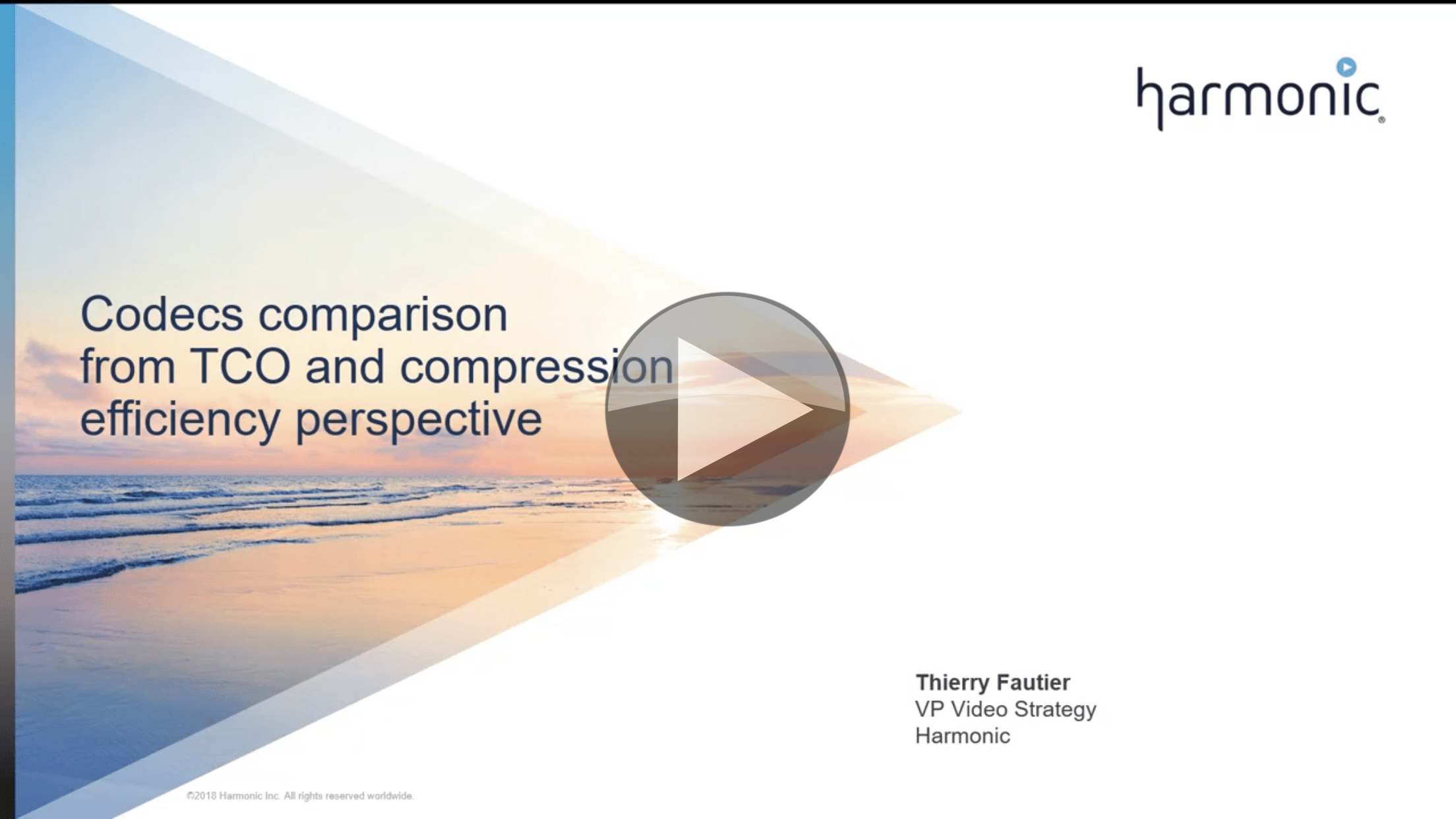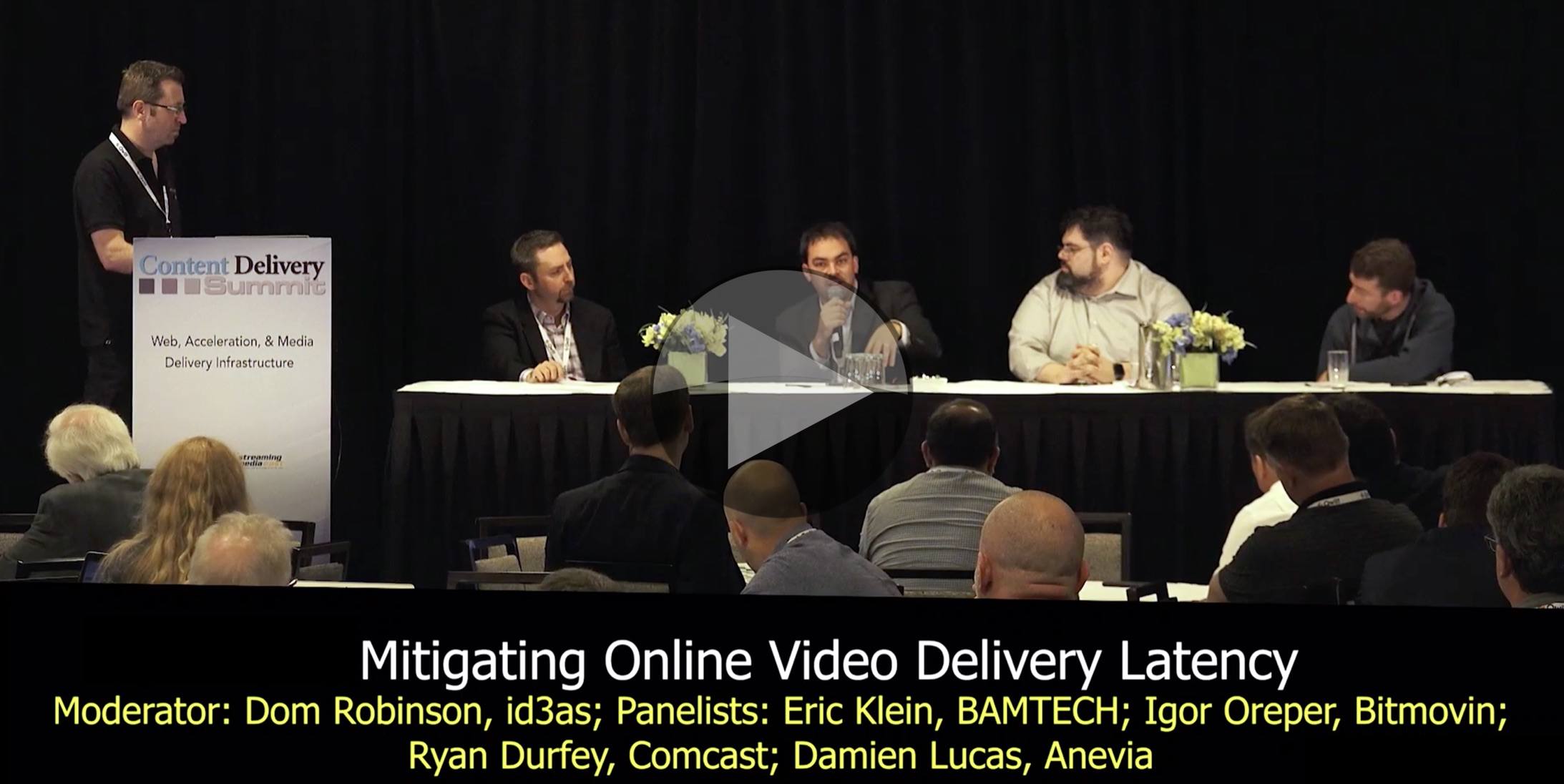HEVC, also known as h.265, has been with us for 7 years and whilst its use continues to grow, its penetration remains low in streaming and broadcast transmissions. One reason for this is the increase in compute power it requires. With 4-rung ABR ladder for streaming being so common, a two-fold increase in complexity means finding 8 times as much compute power in your encoder.
This talk, led by MulticoreWare and Comcast, discusses the x.265 codec and the abilities of the presets. Pradeep Ramachandran uses a diagram of the x.265 encode system to expose some of the ways in which x.264 works.
Pradeep then gives an overview of the key tools of HEVC ahead of explaining those they tested against using UHD HDR content. Alex Giladi then takes the stage detailing their use of Dynamically Controlled RDO and how they were able to determine the best combination of modes to create the best encode.
Watch now!
Speakers
 |
Pradeep Ramachandran Principal Engineer in Office of CTO, MulticoreWare |
 |
Alex Giladi Distinguished Engineer, Comcast |













